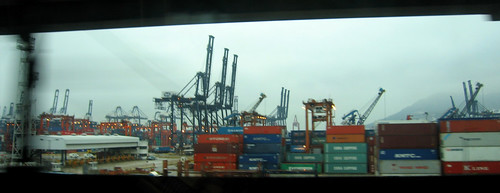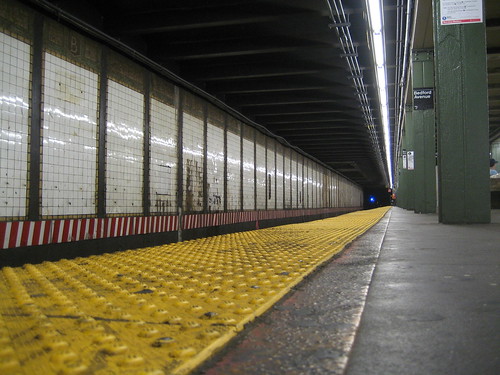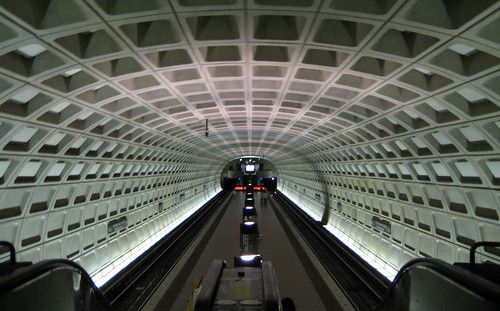transportation week!
Transportation is a funny business. In one sense, it's an industry uniquely based on service -- transportation customers pay not for a specific good, but for the movement of something from point A to point B. At the same time, transportation is all about machines. Without vehicles (and corridors to operate them on) we'd be walking everywhere. Needless to say, this is not the case. We have a great many transportation forms that we use to get around, and these varied forms have profoundly shaped our society.
I am a huge fan of subways, cars, airplanes, buses, trains, bicycles, trucks and most kinds of boats. Thus I am really looking forward to this week of blogging when I'll be discussing the impact of transportation on the built environment. In some posts I'll discuss how transportation systems affect settlement and land-use patterns; in other posts I'll ruminate on the transportation systems themselves.

There are some important distinctions to keep in mind when discussing transportation. One of the most important is what is being transported. Here are three categories of things I'll use to break up the week's blogs posts:

I am a huge fan of subways, cars, airplanes, buses, trains, bicycles, trucks and most kinds of boats. Thus I am really looking forward to this week of blogging when I'll be discussing the impact of transportation on the built environment. In some posts I'll discuss how transportation systems affect settlement and land-use patterns; in other posts I'll ruminate on the transportation systems themselves.

There are some important distinctions to keep in mind when discussing transportation. One of the most important is what is being transported. Here are three categories of things I'll use to break up the week's blogs posts:
- People. People move around for lots of reasons. The vehicles that move them can have a certain romance to them. The Orient Express? The Titanic? A Shelby Cobra? All people movers.
- Freight. Freight can be any material that isn't a person: crude oil, sunglasses, chewy nougat, whatever. I'm particularly interested in container shipping, which has made as big an impact on the globalization of industry as any other technological advance from the last 50 years.
- Information. For most of human history, sending information meant writing on a piece of paper and then paying someone to schlep the letter. This is no longer true. I'm going to see if I can't identify some marks in the built environment made by the internet.



No comments:
Post a Comment